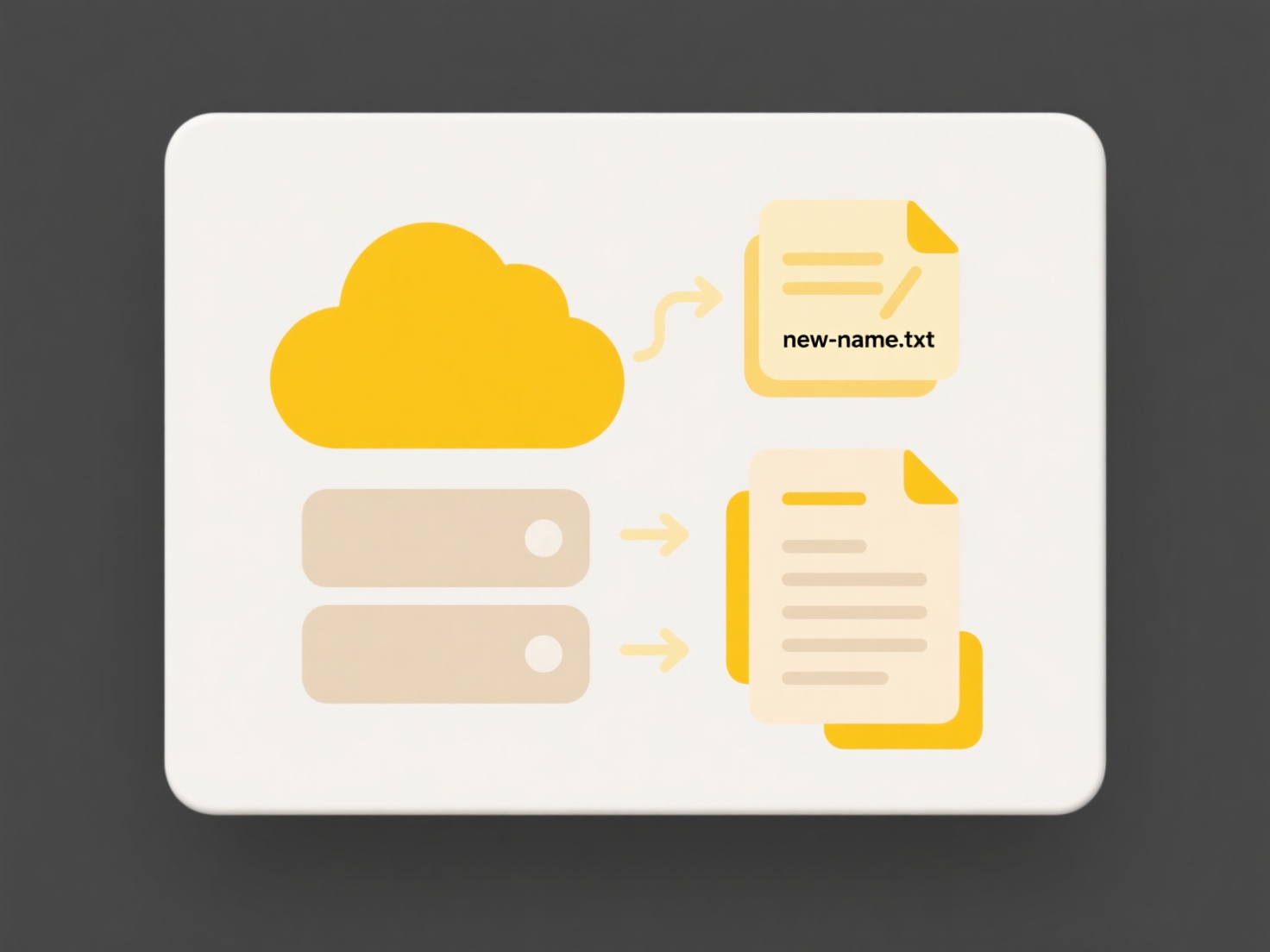
Windows files can be opened on macOS, but compatibility depends on the specific file type and format. macOS can handle most common file formats created on Windows, such as text documents (.txt, .docx), spreadsheets (.xlsx), images (.jpg, .png), audio (.mp3), and videos (.mp4). The primary difference lies in file system formats (like NTFS on Windows vs. APFS/HFS+ on macOS). While macOS can read files stored on NTFS disks by default, it cannot write to them without additional software. Both systems rely heavily on standardized file extensions to identify types.
For example, a Microsoft Word document (.docx file) saved on a Windows PC will open directly in Microsoft Word for Mac or Apple's Pages application. Similarly, photos taken on a Windows laptop and saved as .jpg files open seamlessly in macOS Photos or Preview. These everyday document, media, and archive formats are universally supported across both operating systems using their default or common applications like Adobe Reader for PDFs or LibreOffice for Office documents.

The significant advantage is broad compatibility for standard file types. However, limitations exist: macOS cannot run native Windows programs (.exe files) without using solutions like Boot Camp, Parallels Desktop, or CrossOver. Applications supporting both platforms generally ensure file compatibility, but subtle formatting issues might occasionally occur. Accessing files from a native NTFS drive requires dedicated third-party software for full read/write capability. These constraints are manageable but represent hurdles for some workflows.
Can a Windows file be opened on macOS?
Windows files can be opened on macOS, but compatibility depends on the specific file type and format. macOS can handle most common file formats created on Windows, such as text documents (.txt, .docx), spreadsheets (.xlsx), images (.jpg, .png), audio (.mp3), and videos (.mp4). The primary difference lies in file system formats (like NTFS on Windows vs. APFS/HFS+ on macOS). While macOS can read files stored on NTFS disks by default, it cannot write to them without additional software. Both systems rely heavily on standardized file extensions to identify types.
For example, a Microsoft Word document (.docx file) saved on a Windows PC will open directly in Microsoft Word for Mac or Apple's Pages application. Similarly, photos taken on a Windows laptop and saved as .jpg files open seamlessly in macOS Photos or Preview. These everyday document, media, and archive formats are universally supported across both operating systems using their default or common applications like Adobe Reader for PDFs or LibreOffice for Office documents.

The significant advantage is broad compatibility for standard file types. However, limitations exist: macOS cannot run native Windows programs (.exe files) without using solutions like Boot Camp, Parallels Desktop, or CrossOver. Applications supporting both platforms generally ensure file compatibility, but subtle formatting issues might occasionally occur. Accessing files from a native NTFS drive requires dedicated third-party software for full read/write capability. These constraints are manageable but represent hurdles for some workflows.
Quick Article Links
What is a .pptx file?
A .pptx file is the default file format used by Microsoft PowerPoint starting from PowerPoint 2007 and later versions. T...
Can I automate backup of local files to the cloud?
Automating local file backup to the cloud involves setting up software or system tools to regularly and automatically co...
How do I organize files by project?
Organizing files by project means grouping all digital resources related to a specific task, goal, or initiative into de...